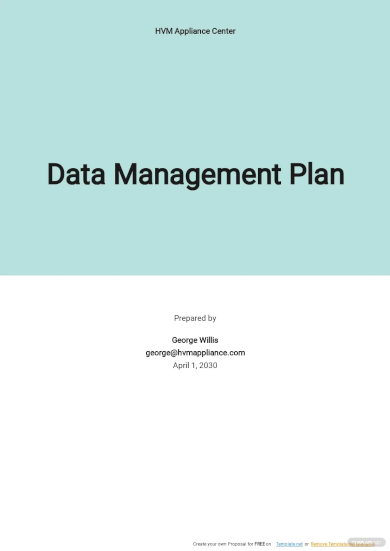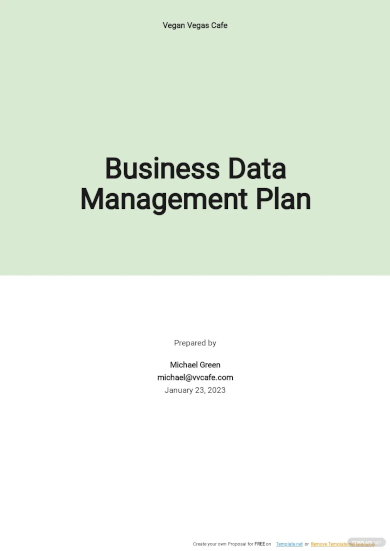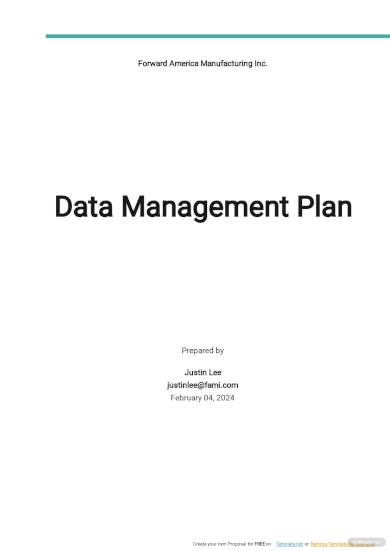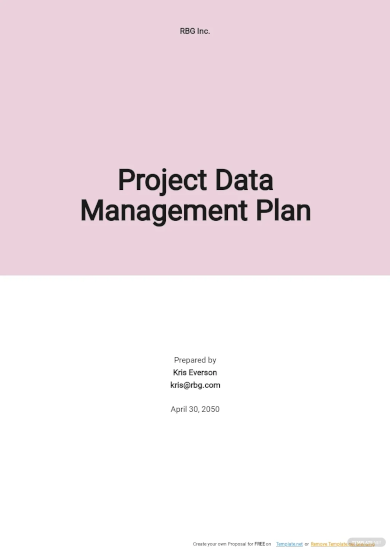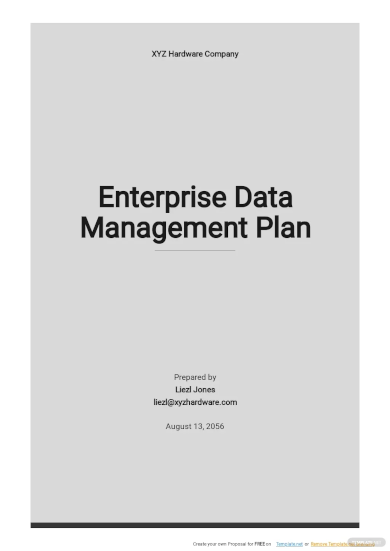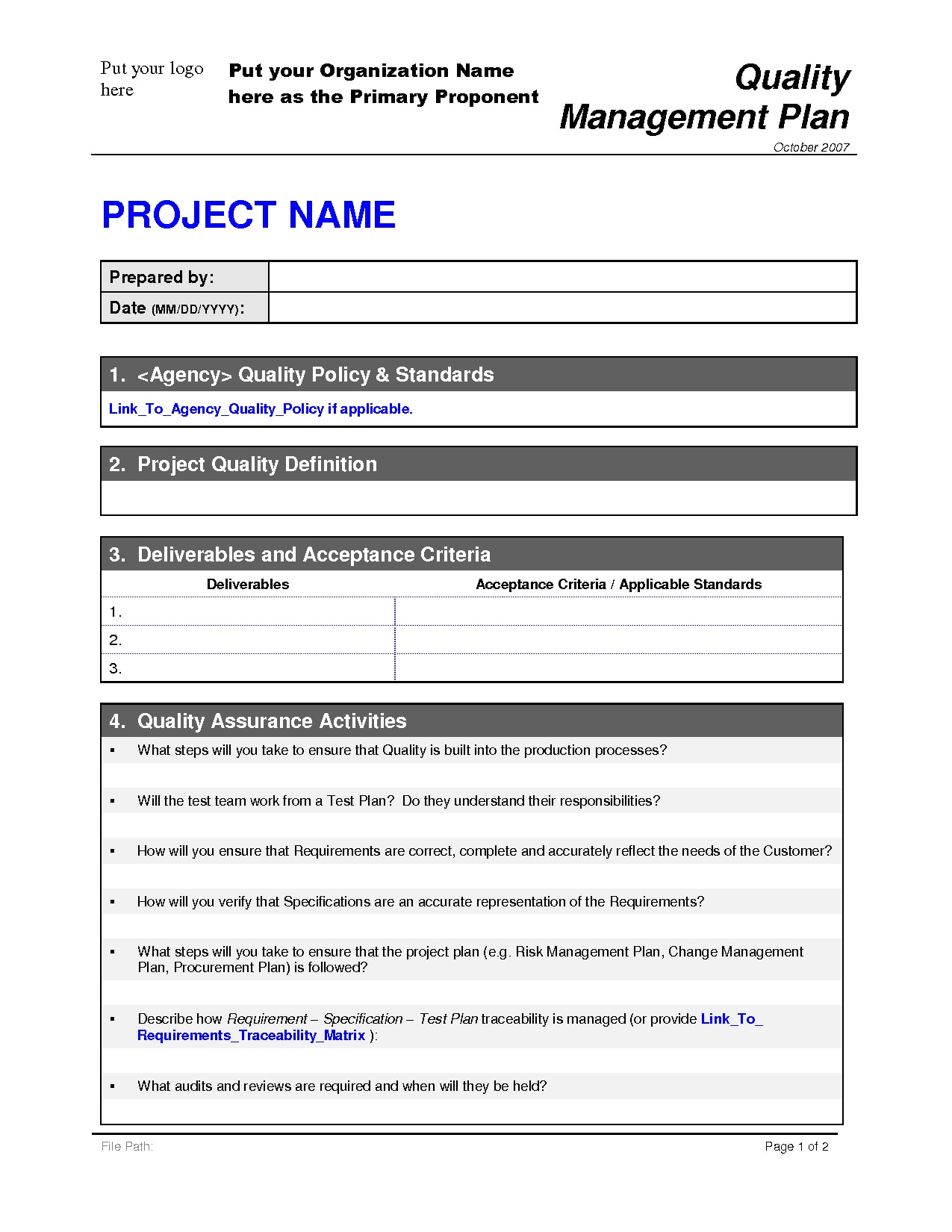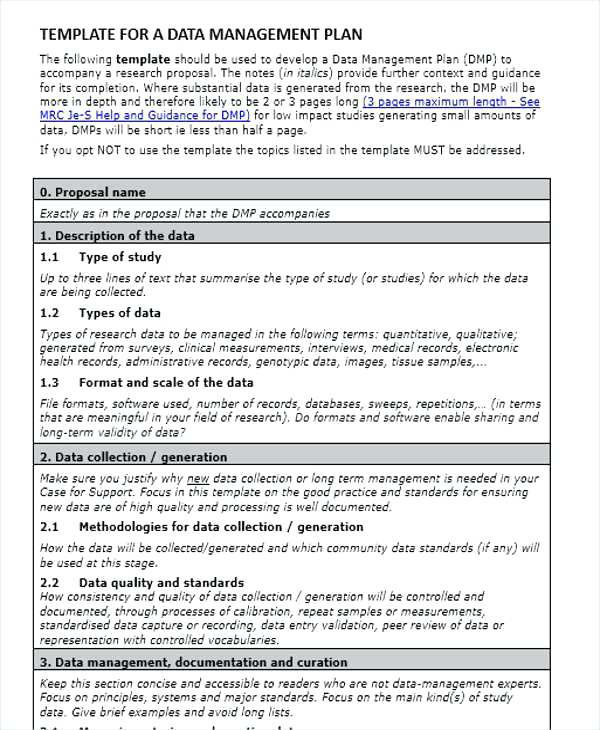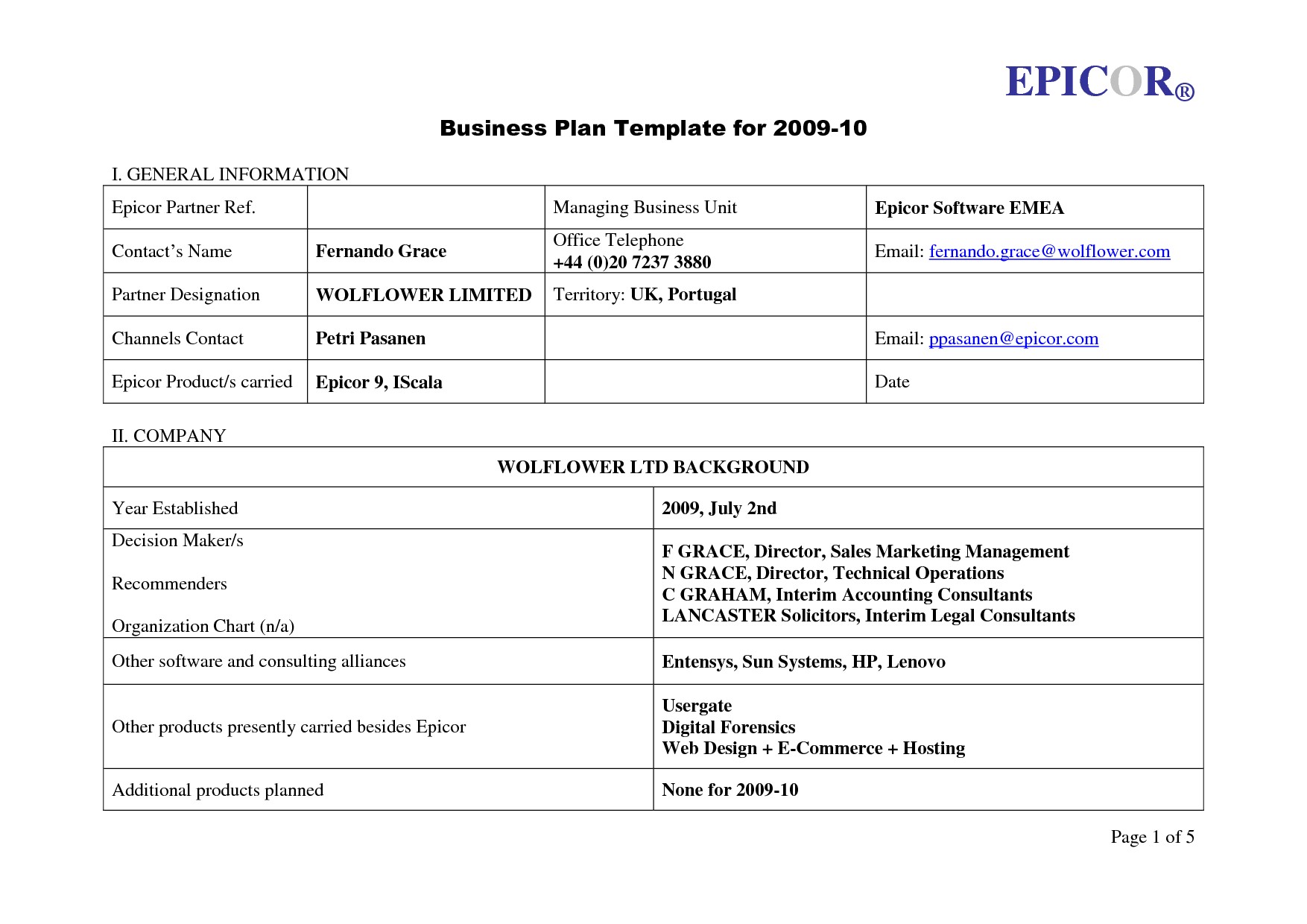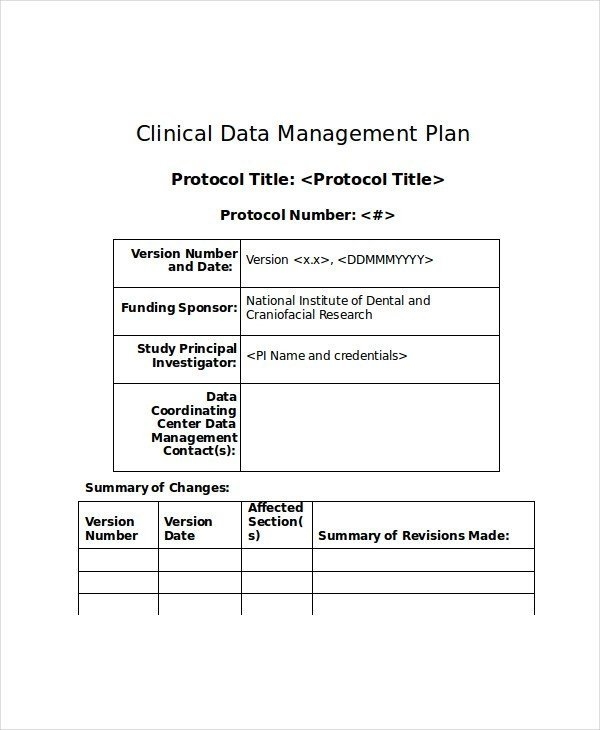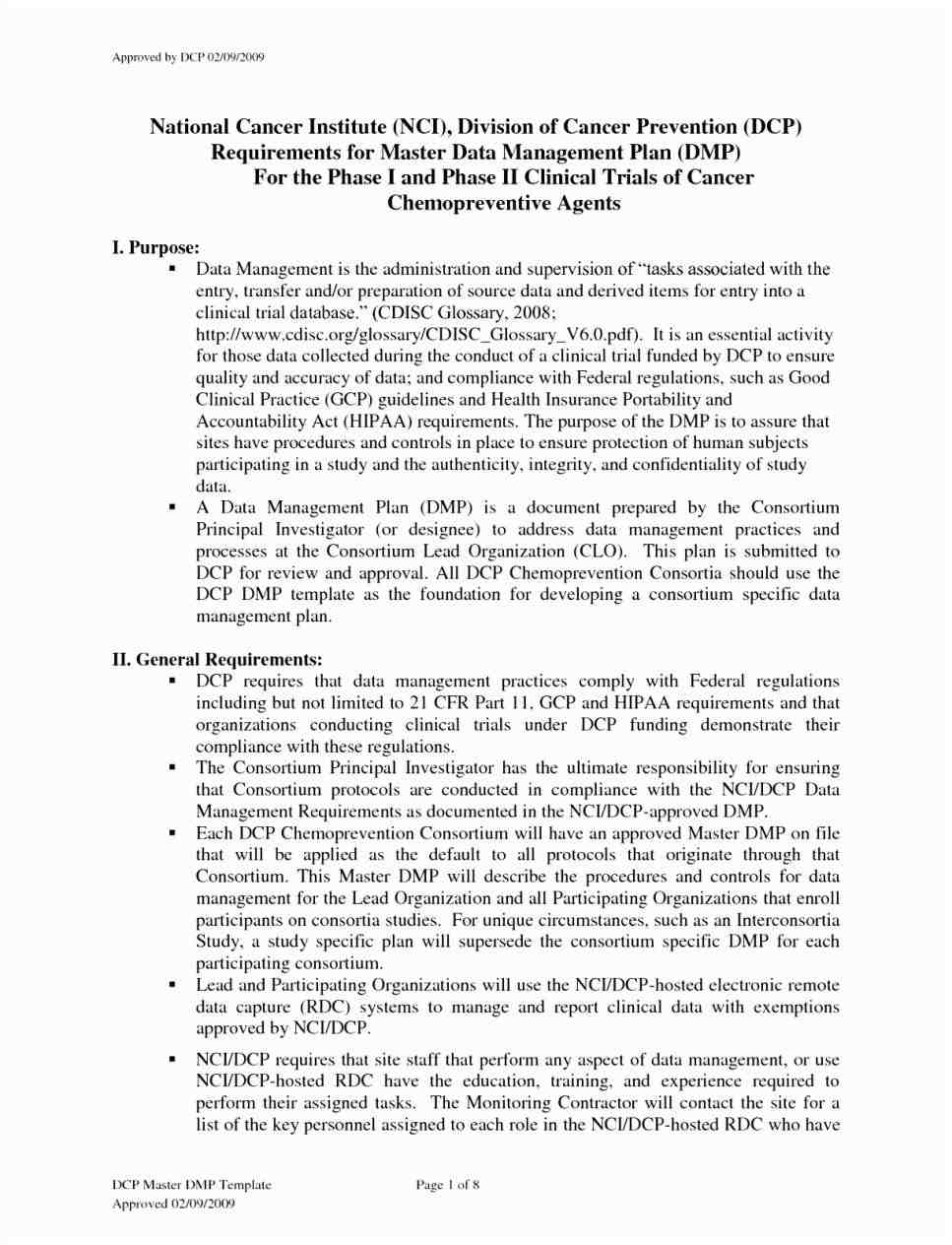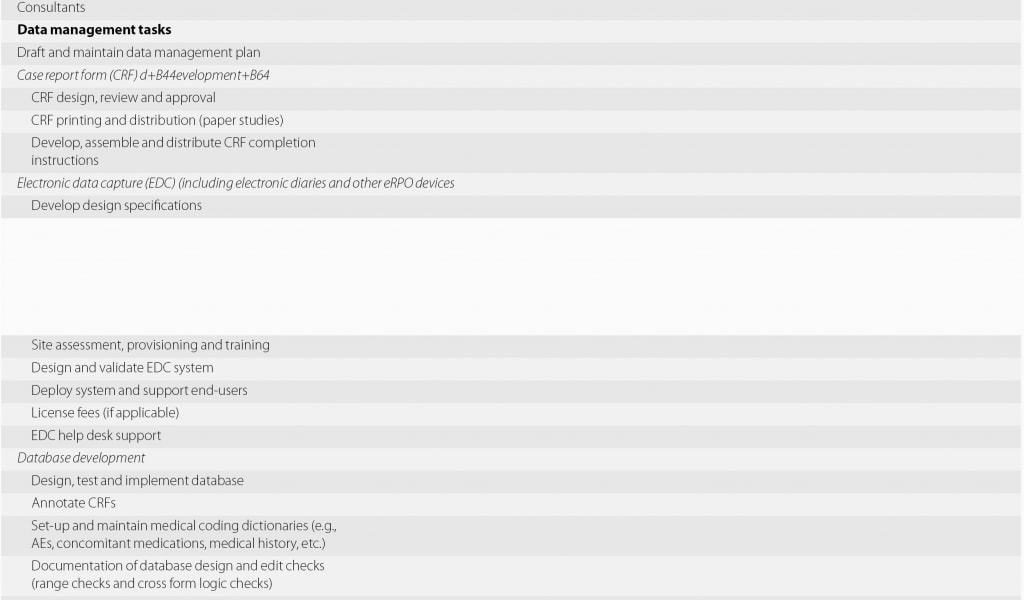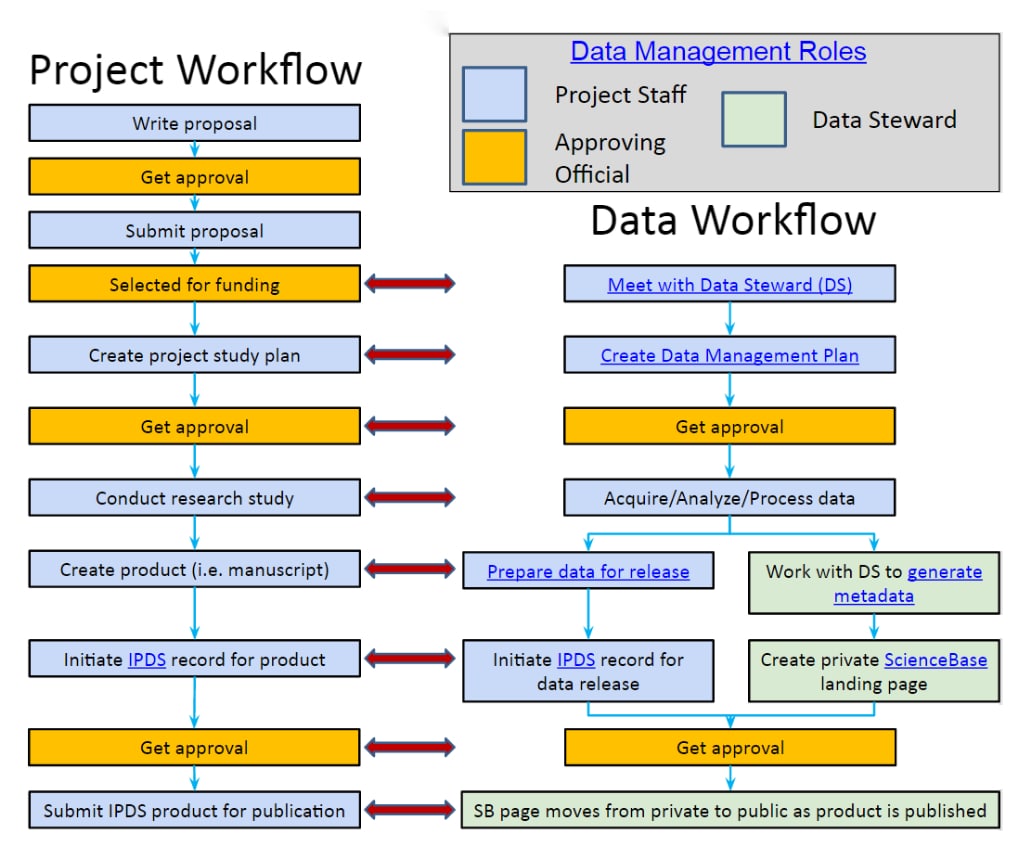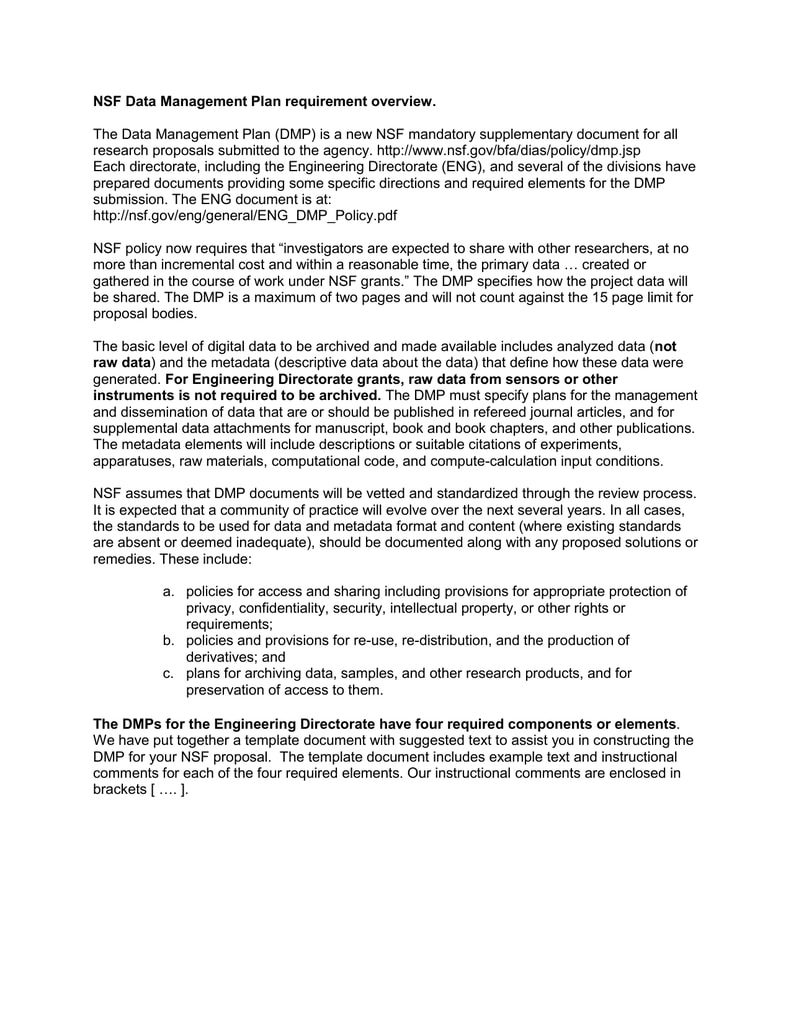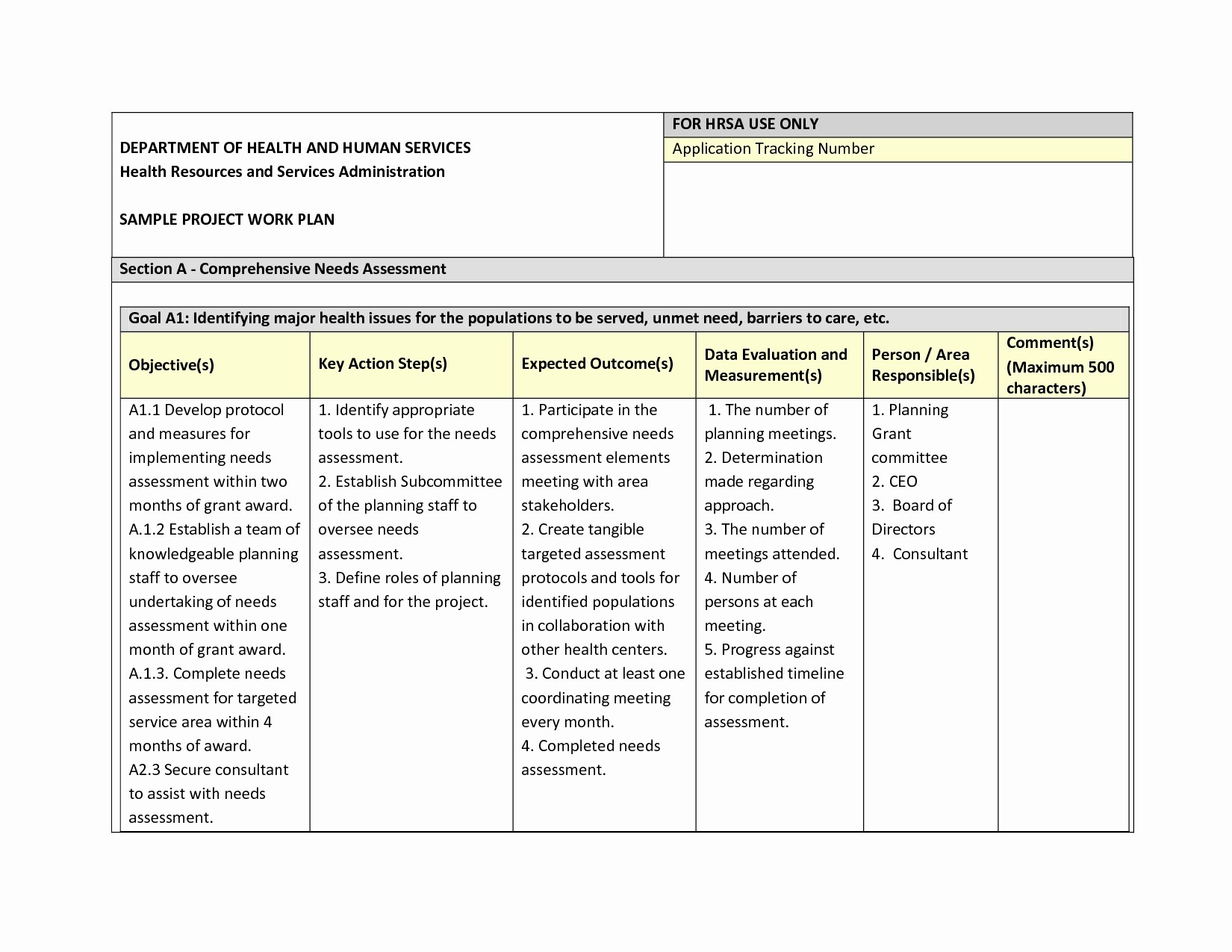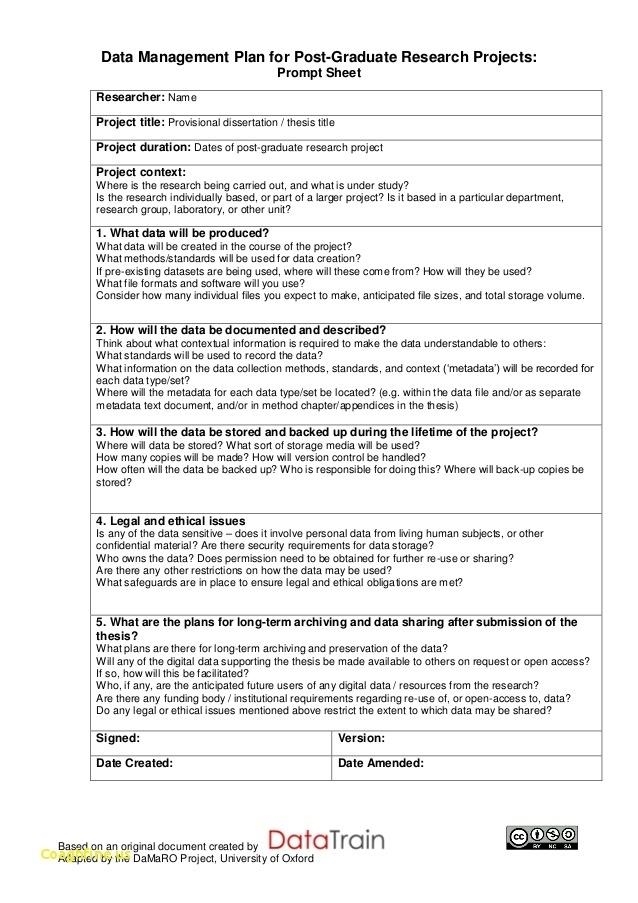15+ Data Management Plan Examples to Download
As an average consumer, we often think that the data we provide to companies are kept private and secured from the rest of the world. But little do people realize how these blocks of data can easily be accessed by third-party entities for reasons of theft, or perhaps even national security. You may also see communication management plan examples.
With so many cases of data leaks in today’s world, how can an organization ensure users, clients, and customers that the data collected are used correctly and for a specified purpose only?
In this article, we shall tackle the basic components of a data management plan and its overall importance to the general society.
Data Management Plan Template
Business Data Management Plan Template
Sample Data Management Plan Template
Project Data Management Plan Template
Enterprise Data Management Plan Template
Quality Management Plan for DMP Example
Template for DMP Example
What is a Data Management Plan?
In the early months of 2018, social networking giant Facebook became the center of unwanted attention due to a data breach that affected more than 50 million of its users. Though this isn’t anything new to members of the business and software development sectors, it definitely was an event that took the rest of the world by surprise. You may also see action plan examples.
But why did this happen? What can an organization do to prevent this kind of problem?
In any given organization, data serves as the primary foundation of the business, as it consists of information and knowledge, which serve as the root for correct decisions and appropriate actions. If the data acquired by the organization is relevant, accurate, timely, and usable, then this could potentially lead to extraordinary things for the entity to grow. You may also like annual plan examples and samples.
The act of handling information effectively, on the other hand, is referred to as data management. This involves planning, controlling, and delivering data and other related information effectively. But effective data managing isn’t carried out with a simple snap of the finger, as it requires a thorough process of creating a plan on how data must be handled.
Business Plan Template for DMP Example
Clinical Data Management Plan Example
To give you an insight on the importance of a good data management plan, let’s take a look at the following benefits:
1. Research Accuracy
When conducting a research project, you’re bound to acquire stacks of data that play a significant role in the success of your study. The data collected would then be examined for further investigation, as well as drawing accurate conclusions. The impact of your research would depend on how reliable and accurate your data is. With a proper data management plan, the data-gathering process is administered with careful supervision to make sure nothing is exaggerated nor understated.
2. Goal-Oriented
What is the primary objective of your research? What do you plan to achieve with the data generated? A data management plan will make it easier for you to determine the specific type of data to be collected in order for you to arrive at an unbiased result.
3. Results-Driven
As mentioned before, careful accumulation of data will help you reach positive results for your study. For instance, many companies carry out consumer surveys to understand the buying behavior of their target market. With the results garnered from the study, the business may then develop consumer-focused marketing campaigns to meet the needs and demands of their purchasing audience.
4. Lessens Data Loss
Data loss can be extremely frustrating, not to mention dangerous, for any organization. For this reason, creating a data management plan is vital to ensure that the entity secures a central and backup storage for their data. After all, the last thing you would ever want is to lose all your sources due to a simple mistake. This is a common risk that many companies face when dealing with automated systems, especially when it’s highly vulnerable to online theft and breaches. You may also see work plan examples & samples.
5. Cost Efficiency
In the event of a data loss, the organization will have to start right from the very bottom of the procedure in order to continue on with the process. As for a data leak, think about all the lawsuits and legal issues that the business will be forced to settle with for a price that’s more than what the organization can probably afford. With a data plan, you’re sure to save a significant amount of time, resources, and even the cost associated with carrying out a research. You may also like implementation plan examples & samples.
Cancer Institute Data Management Plan Example
CSU Research Data Management Plan Example
Data Management Plan Tasks Example
Data Management Project Workflow Example
Rules for Creating a Data Management Plan
Like a project management plan, a data management plan is an essential piece of the puzzle, and must be done carefully and professionally for it to deliver its purpose.
However, there are a few rules that you need to take note of when creating a data plan. These are as follows:
1. Identify Roles and Responsibilities
The first step to developing a plan is to determine the specified roles and tasks that project members will be responsible for. Assigning specific parts to team members will help you maximize the skills and abilities that they have to offer. You must be able to identify the individuals that belong to your stakeholders, technical team, research team, and group of editors in order to finalize the initial part of your plan.
Additionally, be sure to assign competent members who you know can carry out their job role effectively to avoid any shortcomings along the way.
2. Gather Stakeholder Requirements
Similar to a quality management plan, knowing what your stakeholders or sponsors need from the project is crucial to its success. Once standards have been set, you can easily propose strategies and techniques that will help you meet these requirements. This creates a clear path for you to follow to ensure that the entire team understands what the end goal of the plan really is.
3. Outlining
Another important rule to remember when creating a data management plan is knowing what type of data will be used and collected to achieve your smart goal. Most organizations use a checklist for this, as you wouldn’t want to overlook any important information that you may need.
The type of data required, the means of acquiring this data, the number of sources and references needed to collect the data, along with the type of file format needed are just some of things that must be discussed among team leaders to prevent any inconsistencies. A data collection outline is sure to make the research process a lot more efficient and a little less daunting.
4. Data Use, Protection & Summary
During data collection, you’ll come to realize how some sources may not be as useful as you initially have thought they would. Removing some sources may be necessary to remain focused on what’s important. But keep in mind that in the process of adding, deleting, and saving items in a particular location, in most cases, data loss is inevitable. You may also see advertising plan examples & samples.
Because of this, you must establish security measures that involves restricted access to these resources to ease the probability of data loss or deletion. Apart from securing a backup for these files, you should also have quality control in place during the process of searching, saving, and releasing certain data.You may also like business plan examples.
Once this is done, creating a brief summary of the researched data and resources is highly recommended. This way, people can navigate through the information without worrying about data duplication and loss.
5. Data Policy & Procedure
You need to be practical at times. There will be cases where a member of your team may not perform accordingly or report to work during certain days due to personal or health reasons that cannot be avoided. In situations like these, you might be forced to call in another resource for your team to make sure the absence of the assigned member does not affect productivity. When this happens, it’s critical to have a standard policy procedure that would guide new or temporary members in going through each task effectively. You may also check out assessment plan examples & samples.
6. Budgeting
Despite how advanced your sector is in hardware and software tools and devices, there are some costs associated with your project that will leave you with a hefty price tag. This is why allotting a certain amount for your data management plan is essential. Keep in mind that developing this plan would also require a great amount of resources and manpower that must be compensated with properly, which is why setting a reasonable budget that will aid you in maximizing your research needs is key to a smooth and successful process.
7. Data Storage
Data loss and file corruption can often lead to a chain of misfortunes that may be difficult to deal with in the long run. With that in mind, refrain from relying on a single data storage system. It would be best to secure at least three different areas to store your data in case of an emergency. So if one storage get corrupted, you’d still have two more to use while you attempt to fix the tampered one. You might be interested in service plan examples & samples.
8. Fortuity Plan
If research problems persist, what will be your contingency plan to resolve this? How do you propose to communicate with stakeholders and team members regarding such issues? What if your sources are not enough and you need to look for more to meet the requirements? How will these updates and changes be implemented without affecting other aspects of your research? All these must be answered in your contingency plan. You may also see financial plan examples & samples.
NSF Data Management Plan Example
Health Services Data Management Plan Example
Post Graduate Data Management Plan Example
Example of Data Management Plan
Bear in mind that prevention is always better than finding a temporary solution to solve every problem. By having a data management plan, you can easily strengthen the foundation for your research project and ensure that the data acquired from various resources and participants are protected from the hands of unauthorized entities. You may also see project plan examples.
This will prove to stakeholders, clients, customers, investors, and research sponsors that you have a well-defined management plan in place to efficiently and effectively complete a desired project.



